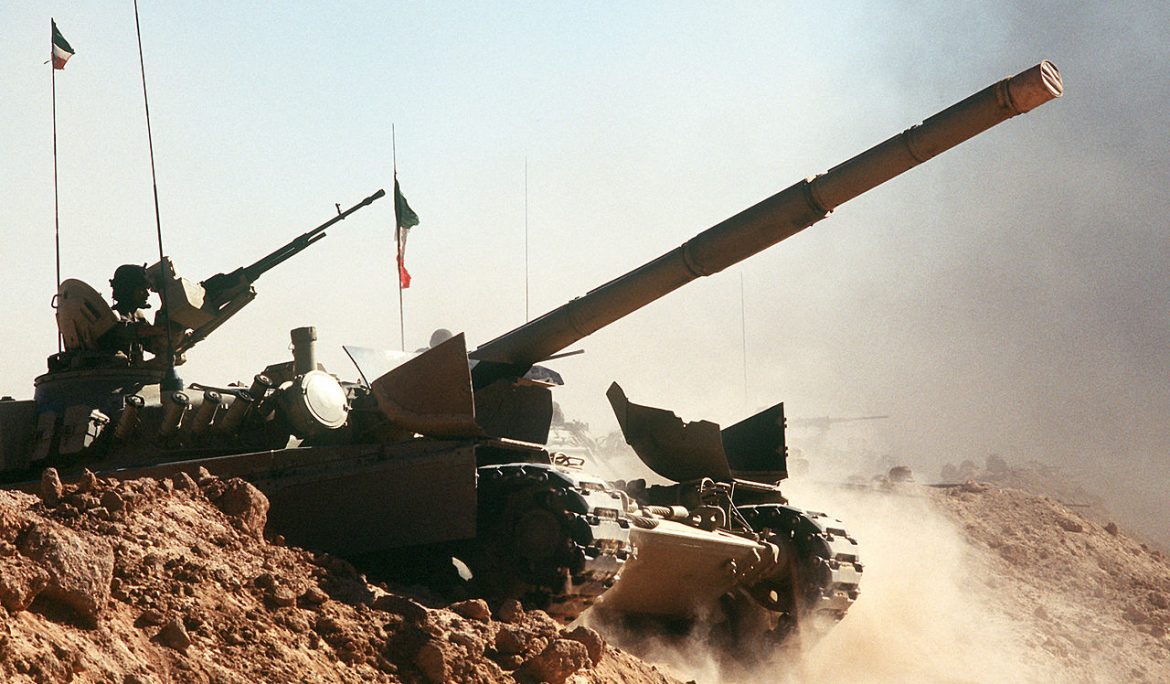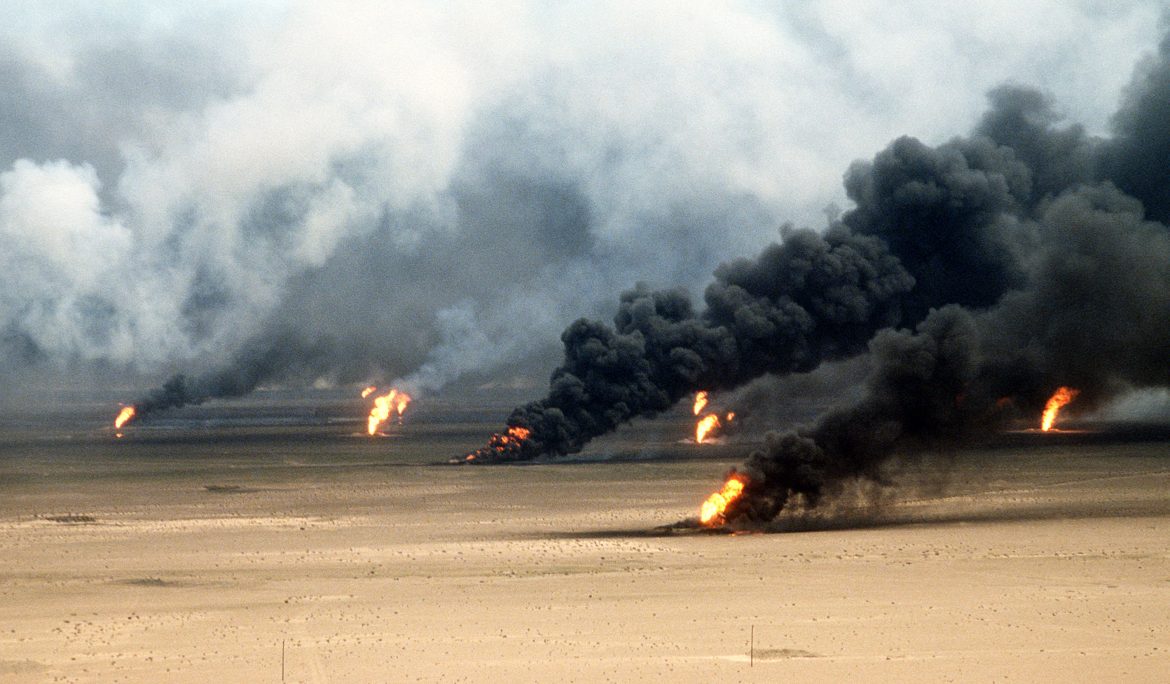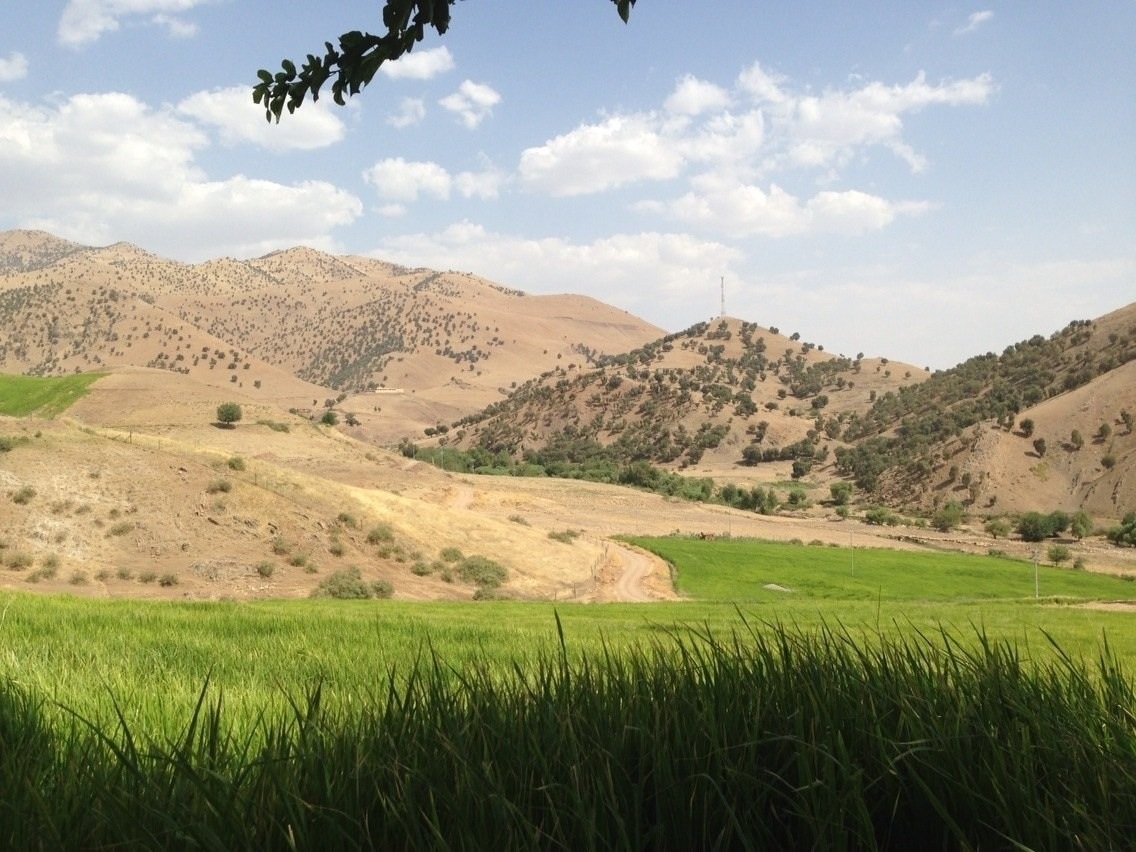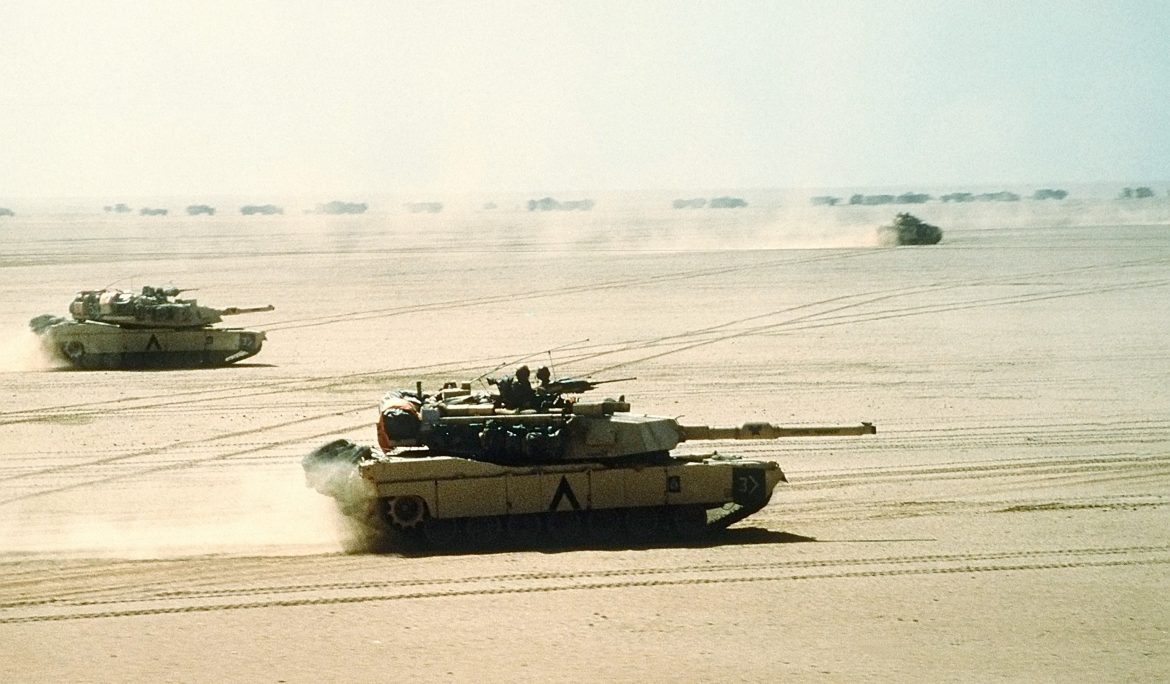Allegations of Iranian Use of Chemical Weapons in the 1980–88 Gulf War – Iran’s defensive preparations
In the 1980–88 Gulf War Iraq repeatedly attacked Iran with chemical weapons (CW). At the beginning of the war both countries were contracting parties to the Geneva Protocol. According to Iranian statements, the first Iraqi CW attack occurred in January 1981.[1] One of the first independent news reports appeared in August 1982.[2] Iraq gradually integrated CW into its defensive and offensive military operations. Initially Iran appears to have been totally unprepared for military operations in a chemical environment. Throughout the war Iranian troops remained poorly protected and, in the light of the missile war against cities, the country would have …
Allegations of Iranian Use of Chemical Weapons in the 1980–88 Gulf War – Iran’s offensive preparations
Two factors definitely contributed to the change in Iran’s views on chemical warfare: the systematic Iraqi attacks with CW from 1983 onwards and the lack of response from the international community for the Iraqi violations of international law. Iran’s chemical weapons (CW) armament programme started late into the war. Such a programme is complex and involves many phases, including research and development, setting up a production base, weaponisation, offensive and defensive doctrine development, establishment of logistics and operational support, training, and protection and defence. Consequently, Iran cannot be expected to have developed an advanced chemical warfare capability before the cease-fire …
Allegations of Iranian Use of Chemical Weapons in the 1980–88 Gulf War – Halabja
In the period of 16–18 March 1988 Halabja and its surroundings were attacked with chemical weapons (CW). According to Iranian figures, there were 12,500 casualties, including more than 5,500 fatalities.[1] A Kurdish researcher later concluded that at least 3200 residents are known to have died.[2] It is impossible to reconstruct exactly the events in and around Halabja. Nevertheless, it is widely accepted that the Iraqi military forces were solely responsible for the attack against a civilian target. Yet, shortly after the events sources in the United States began to hint that Iranian troops might have actually killed the majority of …
Allegations of Iranian Use of Chemical Weapons in the 1980–88 Gulf War – Conclusion
Was Iran responsible for the CW atrocity in Halabja? The question therefore arises whether the United States may have been politically motivated to place the main responsibility for Halabja with Iran. The allegation came as Washington was visibly tilting towards Iraq. Soon after the US State Department blamed Iran for the events, US officials were quoted as saying that the finding undermined the propaganda advantage Iran was seeking by publicising the attacks.[1] From this angle, the US assertion might be viewed as an attempt to undermine the moral high ground regarding chemical warfare Iran desperately tried to maintain during the …
Innocence Slaughtered: Introduction
Innocence Slaughtered will be published in December 2015 In November 2005 In Flanders Fields Museum organised and hosted an international conference in Ypres, entitled 1915: Innocence Slaughtered. The first major attack with chemical weapons, launched by Imperial German forces from their positions near Langemarck on the northern flank of the Ypres Salient on 22 April 1915, featured prominently among the presentations. I was also one of the speakers, but my address focussed on how to prevent a similar event with biological weapons. Indeed, it was one of the strengths of the conference not to remain stuck in a past of—at …
Must the Belgian babies be bayoneted all over again?
August, 100 years ago: the Hun from the east invaded little, neutral Belgium. In the opening weeks of the campaign the Hun was not a good boy. He wilfully executed civilians, raped women, destroyed historical monuments and burned down university libraries—all war crimes that have been extensively documented. The worst barbarian acts, however, he committed against babies. He cut off their hands, so that the grownup man could never take up arms against the Hunnic master. Worse, he tossed them in the air and caught them on his bayonet. Alas, each investigated claim proved to be a myth. Meanwhile, many …
Until silence
Children and babies—whether born or unborn—suffer immensely in any armed conflict. Mental trauma from witnessing human wasting, which no person should really be exposed to anymore. Physical injuries that scar the young ones for the rest of their lives, even if a sense of normalcy could ever be recaptured. And death, often considered the worst possible outcome, but nonetheless a fortuitous escape from a lifelong suffering inflicted by a senseless war ripping apart the early stages of their far too many young lives. For the survivors—bereft parents and mothers of the stillborn one—deep-reaching psychological wounds far beyond consolation. Until the …
Syria: Disarmament in animated suspense
Syria has now missed about every single deadline since it was unable to move the Priority 1 chemicals out of the country by the end of last year. These even include renegotiated time frames and the self-imposed final date of 27 April. One more fixed date is pending: 30 June, by which time all precursor chemicals should have been neutralised. It would now seem that the world will sigh with relief if everything is aboard the Danish and Norwegian freighters by the end of next month. US officials envisage 60 working days to neutralise the volume of precursor chemicals and …
Gradually making sense of Syria’s CW declarations
Since my last update on the elimination of Syria’s chemical weapon (CW) capacities in May, all precursor chemicals have finally left the country. Some have been shipped to facilities in Finland and the USA, where they are in the process of being destroyed. The United Kingdom meanwhile completed the destruction of 190 tonnes of chemicals at an incinerator in Ellesmere Port. As of 7 August, 74.2% of Syria’s entire stockpile of chemical warfare agent precursors have been destroyed. Other chemicals are meanwhile being neutralised on board of the US vessel Cape Ray in the Mediterranean, and the resulting reaction mass …
Chlorine: A weapon of last resort for ISIL?
Over the past few weeks several press reports have suggested that the Islamic State of Iraq and the Levant (ISIL) have resorted to chlorine use in attacks in Iraq and Syria. The grouping is no stranger to chlorine. In some earlier incarnation it was known as al Qaeda in Iraq (AQI) and later it rebranded itself as the Islamic State of Iraq when it explicitly began trying to control territory. Harsh imposition of its strict interpretation of Sharia law and extreme violence towards anybody refusing total subjugation to its rule soon had Sunni tribal leaders uniting in resistance early in …




